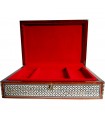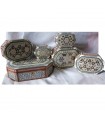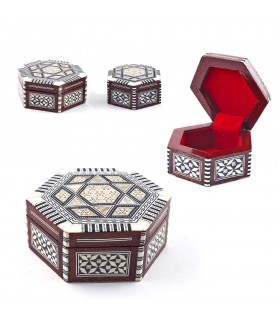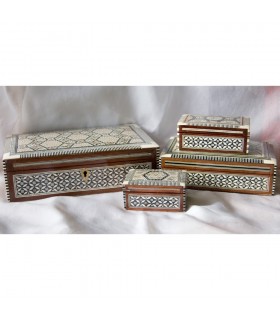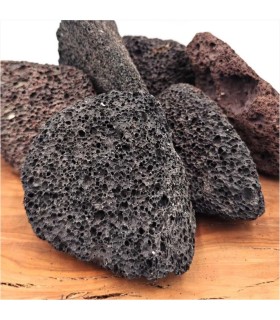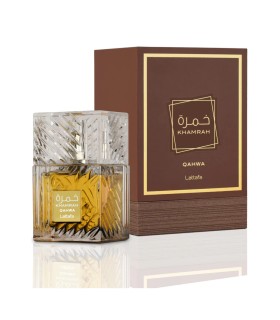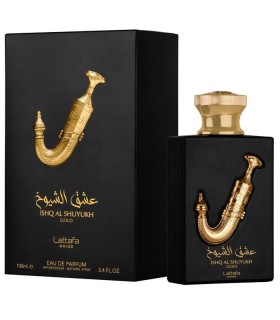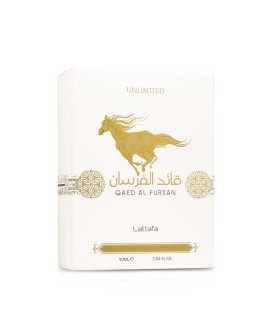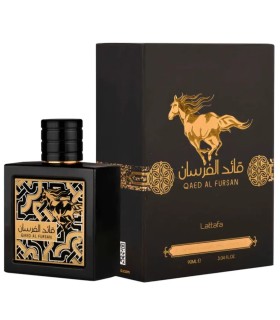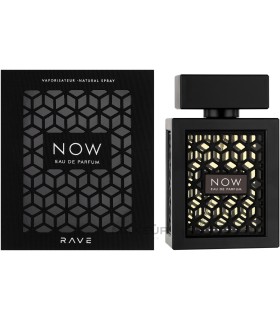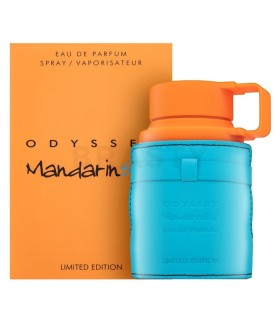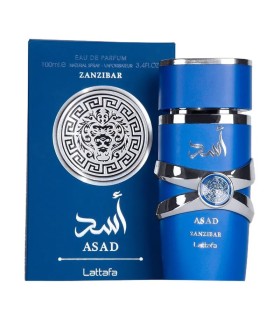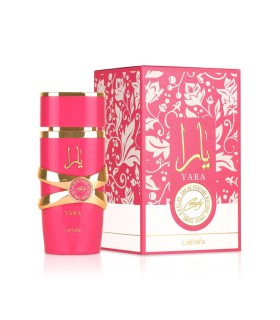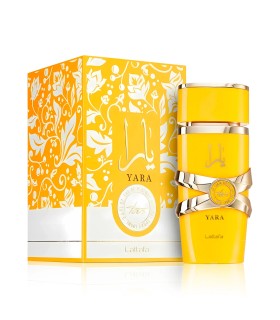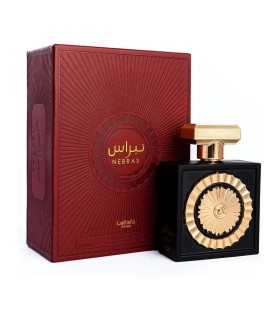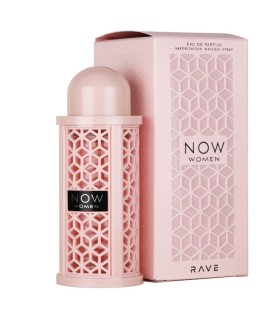White trunk jewelry box made using the artisanal technique of Egyptian inlay. Internally lined with padded red velvet. Very good quality. Varnish finish.
Size 4 includes a tray with separators (others do not). All models have a key.
The ideal gift.
In Jaima Alkauzar you can Buy Online White trunk jewelry box made using the artisanal technique of Egyptian inlay. the best price.
Internally lined with padded red velvet. Very good quality. Varnish finish.
Size 4 includes a tray with separators (others do not). All models have a key.
The ideal gift.
Measurements: (Length / width / height)
Size 1 : 13 x 9.5 x 8 cm
Size 2 : 16.5 x 11 x 10.5 cm
Size 3 : 20.5 x 13 x 11.5 cm.
Size 4 :26 x 16.5 x 13.5 cm.
Taracea is an artisan technique applied to the coating of floors, walls, furniture, sculptures and artistic objects. In the work, pieces cut from different materials (stone, marble, wood, metal...) are used, which are fitted into a support until the decorative design is made. It's an embedding job. Between some pieces and others there is a contrast effect that depends on the color and the characteristics of the material used.
In the marquetry, the base bed between one piece and another inlaid is not seen, as it happens with the mosaic. The material to be embedded in the shape of the design is cut, placed on the surface or support and the outline is drawn. Once the drawing has been captured on the support, it is emptied slightly, leaving a hole where the inlay will be embedded; then the whole is smoothed and flattened so that the surface is flush.
There is news of inlay work from the Sumerian era in Mesopotamia (3000 years BC) and from the Ming dynasty (1368-1644) in China. It spread throughout Asia Minor (now Turkey) and was later adopted by the Romans when they came into contact with the Hellenistic world. They called this art incrustatio or loricatito. Pliny the Elder makes an extensive description of this technique in his work Naturalis historia. The pieces with which the inlays were made are called crustae. The Arabs introduced this technique to Spain, which is why marquetry derives from the Arabic word Tar'sia, which means inlay.










